Turin Royal List: 36,000 Years of Divine Rule?
For nearly a hundred years, archaeologists have painstakingly attempted to reconstruct fragments of a 3,000-year-old document known as the Turin King List. Written on papyrus, this ancient Egyptian document lists the kings of Egypt and the periods they ruled.
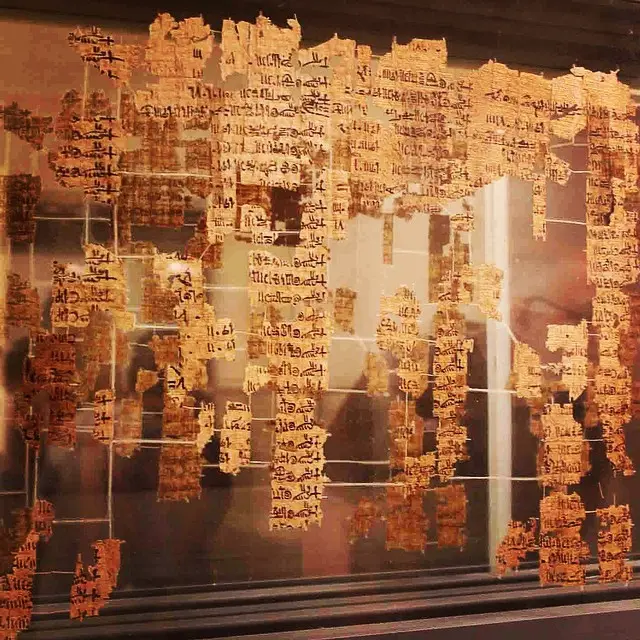
The Turin King List, also known as the Turin Royal Canon, is a hieratic papyrus believed to date to the reign of Ramesses II (1279–13 BC), third king of the 19th Dynasty of ancient Egypt. The papyrus is now housed in the Museo Egizio (Egyptian Museum) in Turin. The papyrus is believed to be the most extensive list of kings compiled by the Egyptians and is the basis for most of the chronology before the reign of Ramesses II.
However, what really shocked the society of historians was its revelation of a time when Egypt was ruled not by mortals, but by beings from the heavens, referred to as “gods” or “demigods.” This article explores the discovery, meaning, and mysteries surrounding the Turin King List.
The discovery of the Turin king list
The Turin King List, also called the Turin Royal Canon, was written in hieratic script, an ancient cursive writing system from Egypt. The papyrus was acquired in Thebes by the Italian diplomat and explorer Bernardino Drovetti in 1822 during his travels to Luxor.
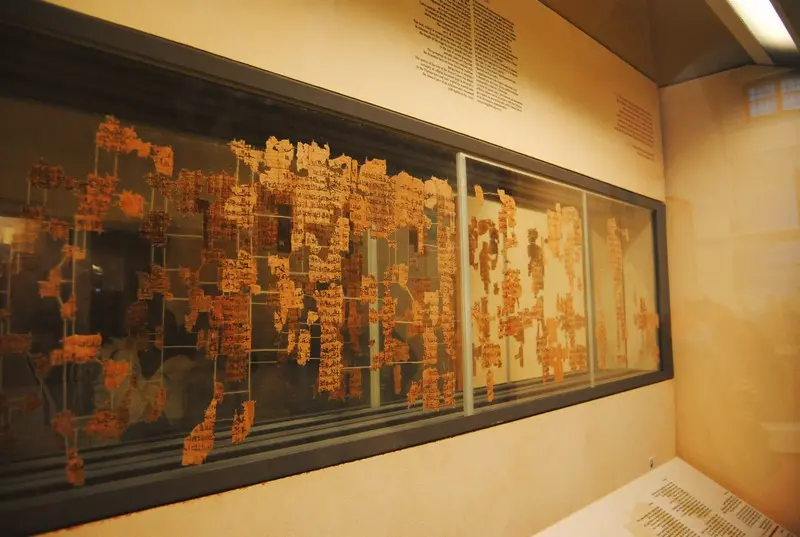
The Turin Canon Papyrus: Most of the ancient Egyptian king lists, including the Abydos king list, date from the New Kingdom (ca. 1570-1069 BC) and were carved in stone on temple walls in hieroglyphics. They served a cultic rather than a historical function. They were not intended to be literal chronological lists and should not be treated as such. The Turin Canon, on the other hand, was written on papyrus in cursive hieratic script and is the most complete and historically accurate. It included short-lived kings and queens who were normally excluded from other lists, as well as the lengths of their reigns. It is therefore a historical document of great value.
Initially intact, the scroll fell apart into numerous fragments by the time it reached Italy, necessitating meticulous reconstruction. French Egyptologist Jean-Francois Champollion first assembled some 48 pieces, while later efforts by German-American archaeologist Gustavus Seyffarth added around 100 more. Despite major restorations, notably those by Giulio Farina in 1938 and adjustments made by British Egyptologist Gardiner in 1959, historians continue to find and reconstruct the missing fragments of this invaluable document.
The importance of the Turin King List
Pharaohs often commissioned king lists in ancient Egypt to assert their legitimacy and show the longevity of their dynasties. These lists were often inscribed on durable surfaces such as temple walls or rocks.
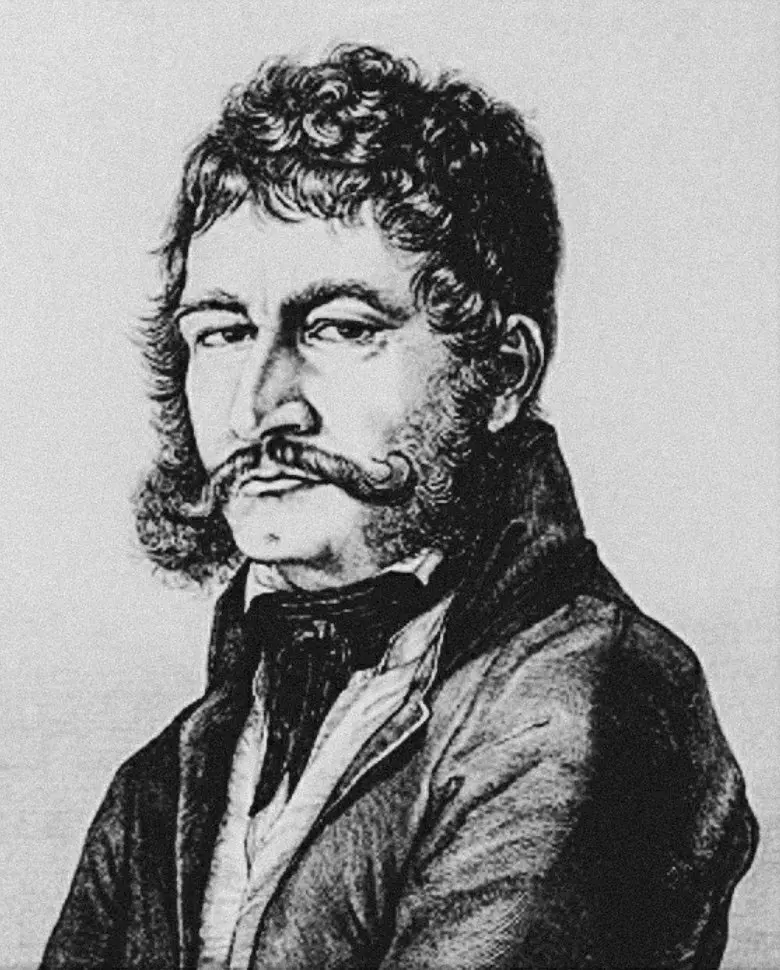
Napoleon’s proconsul Bernardino Drovetti first discovered the Papyrus of the Royal Canon of Turin. Although Drovetti’s discoveries are commendable, his methods were sometimes destructive: ruining monuments and artifacts for easier transport and greater profit.
The Turin King List is unique for its medium (papyrus) and its detailed content. Unlike other lists, it includes minor rulers and usurpers and meticulously records the length of each reign, sometimes down to months and days. It appears to have been compiled during the reign of Ramesses II, one of Egypt’s most famous pharaohs, and dates back to King Menes. In addition, it groups kings by location rather than chronologically and even includes the names of Egypt’s Hyksos rulers.
Gods and demigods in the Turin king list
One of the most intriguing aspects of the Turin King List is its mention of a time when Egypt was ruled by divine beings. According to ancient texts, before the land of the pharaohs was ruled by mortals, beings from the sky ruled over Egypt for thousands of years.
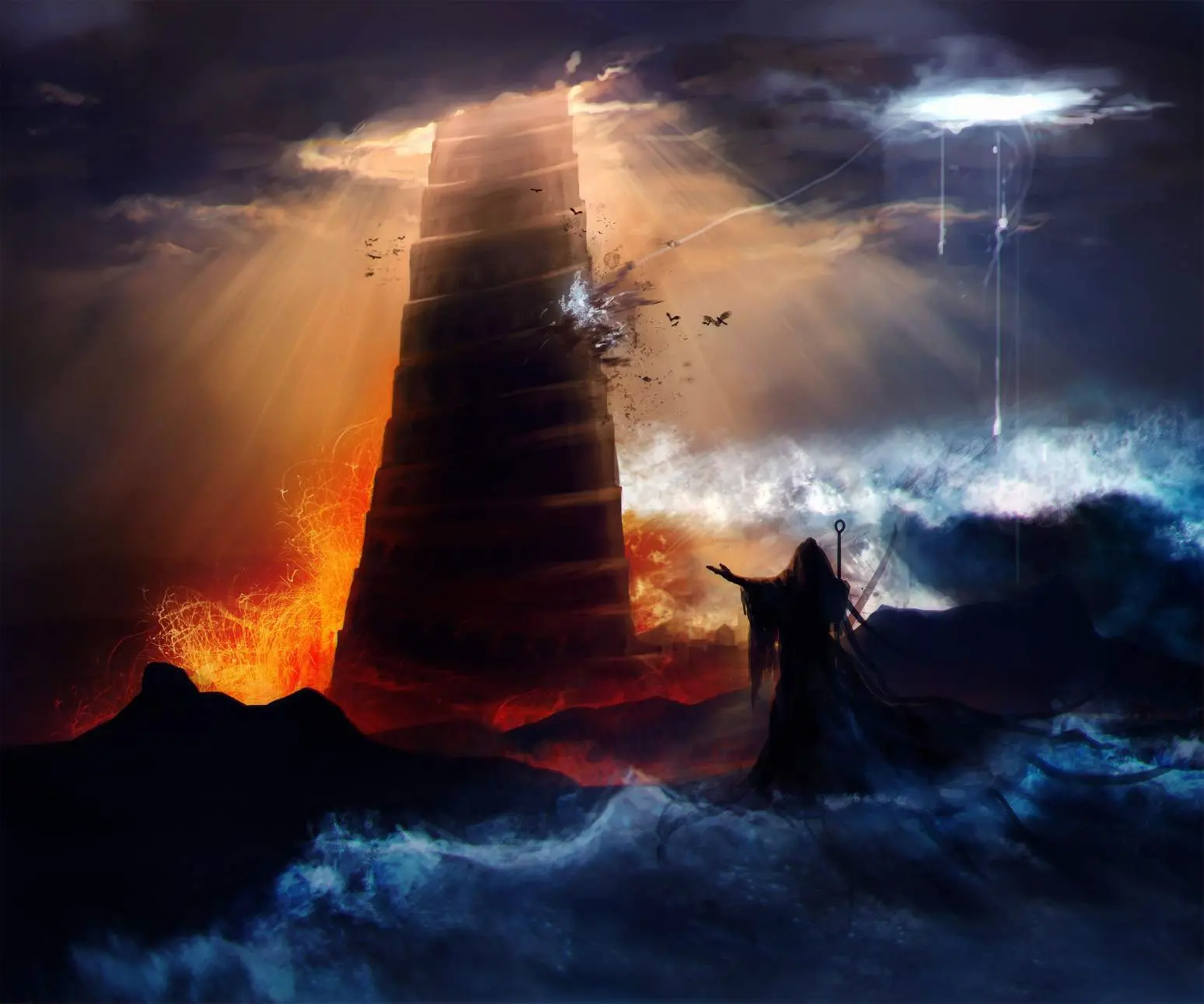
Turin King List: Gods, demigods, and dead souls ruled for thousands of years.
The final lines of the papyrus, which seem to sum up the entire document, note the reign of the ‘Venerable Shemsu-Hor’ for 13,420 years and other reigns before them totalling 23,200 years, adding up to a staggering 36,620 years. This period is reminiscent of the Sumerian King List, which also records extraordinarily long reigns of ancient kings.
Historical context and comparisons
Manetho, an ancient Egyptian historian, also speaks of a time when gods and demigods ruled Egypt. His accounts are supported by other classical writers such as Diodorus Siculus and Herodotus, who reported similar traditions about divine rulers of Egypt. Diodorus mentioned that gods and heroes ruled Egypt for nearly 18,000 years, while Herodotus recorded traditions of a highly advanced prehistoric civilization in Egypt.
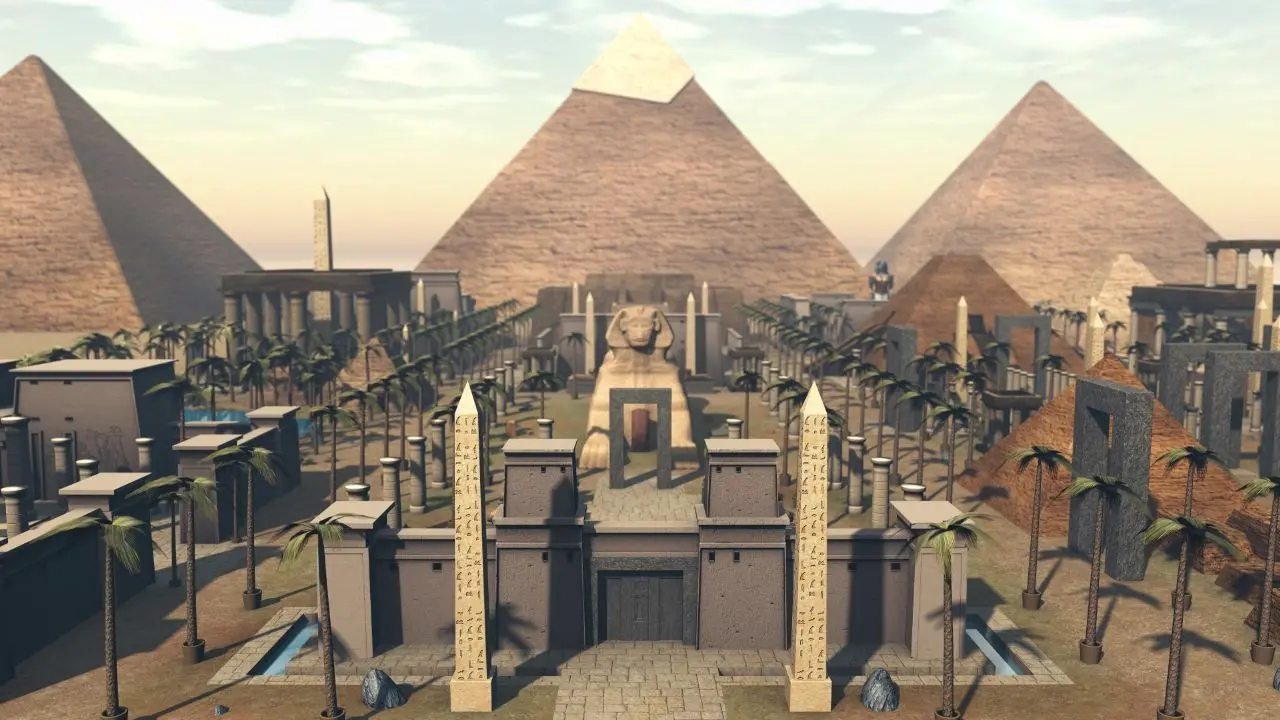
3D rendering of the monumental architecture of ancient Egypt’s heritage. The famous Sphinx in front with pyramids behind and palm trees in the desert.
The Palermo Stone, another important king list, provides additional context, but does not go as far back in time as the Turin King List. The lists often reflect a mix of historical records and mythological traditions, leaving much for interpretation and debate among modern scholars.
The Turin King List remains one of the most fascinating and controversial documents from ancient Egypt. Its detailed enumeration of kings, including divine beings, provides invaluable insight into Egyptian history and mythology. While the exact nature of these divine rulers remains a mystery, the Turin King List remains a crucial source for understanding the complex fabric of Egypt’s past.






